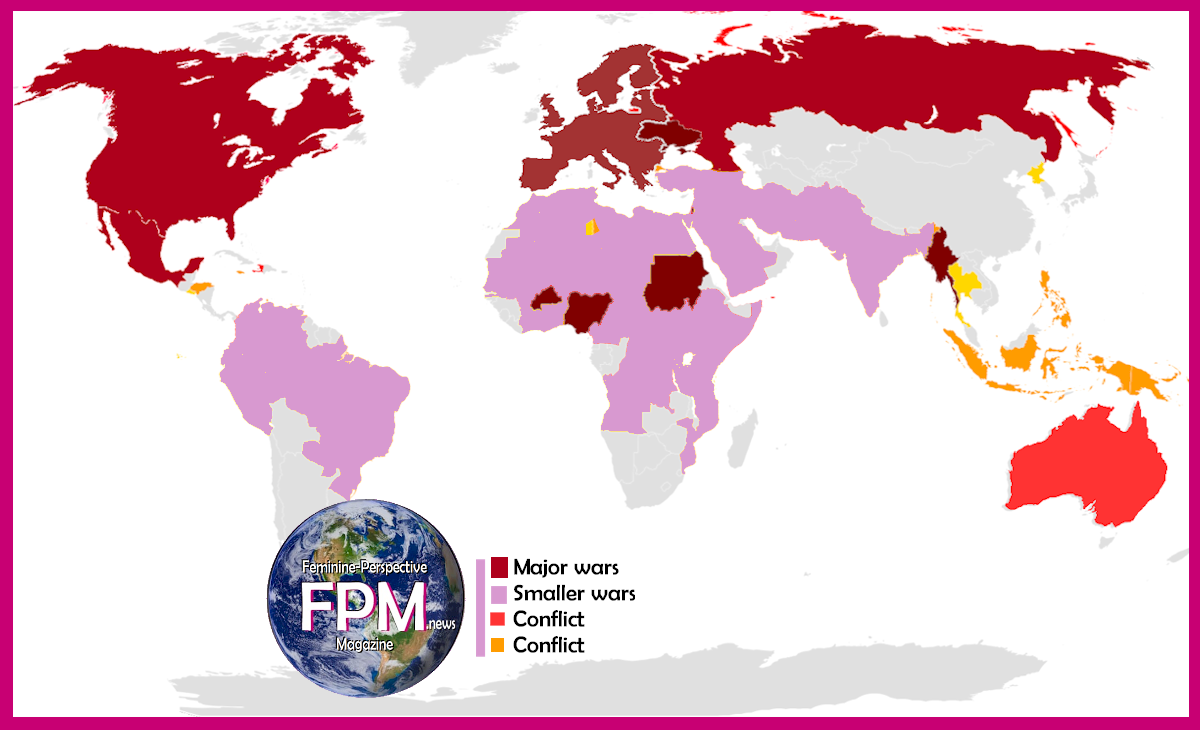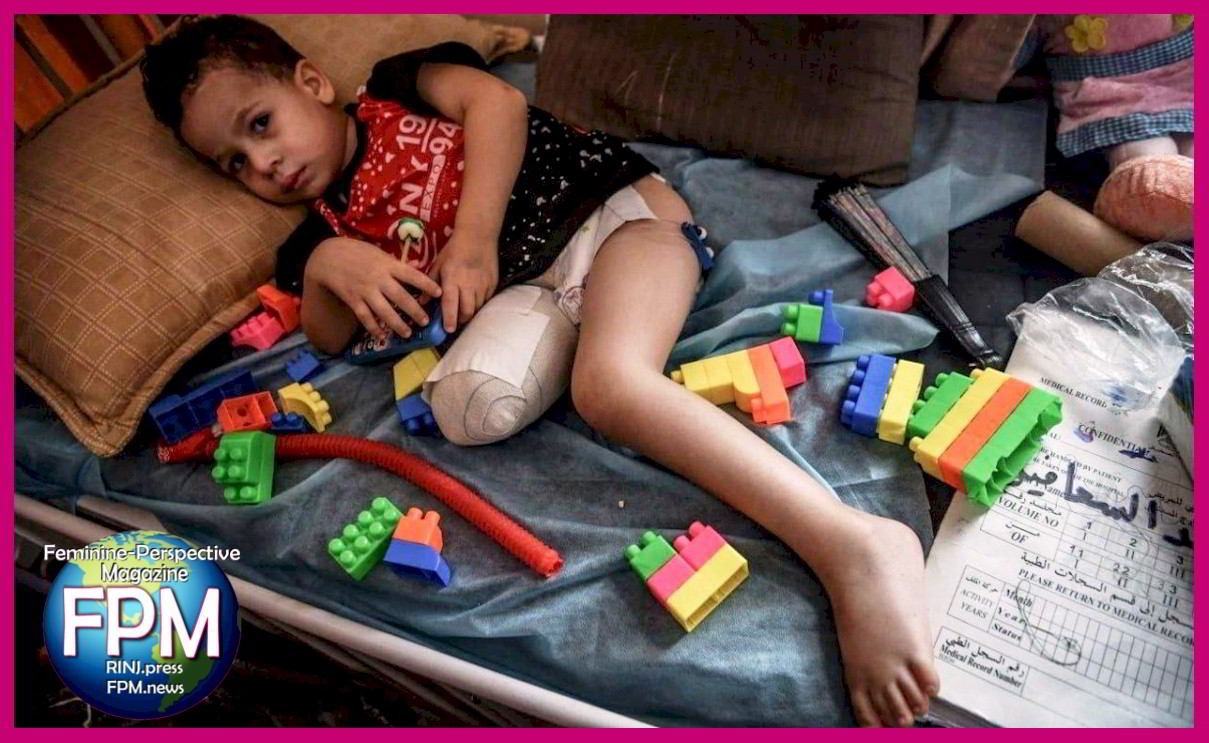Rape: The Facts
In no other crime is the victim subject to so much scrutiny during an
investigation or at trial; nor is the potential for victims to be re-traumatised during these processes as high in any other crime.” (HMCPS & HMIC, 2007)
Summary Rape Statistics
Incidence:
- At least 47,000 adult women are raped every year in the UK.
- Perpetrators: The majority of perpetrators are known to the victim.
- Reporting: There has been a progressive increase in the number of rapes reported to the police for more than 20 years; during 2005/6 13,712 rapes were reported.
- Conviction: In 2004 the conviction rate for rape was 5.3% – the lowest rate on record.
- Support services: There are only 15 Sexual Assault Referral Centres (SARCs) for victims of rape.
- Public attitudes: Nearly a third of people (30%) say a woman was partially or totally responsible for being raped if she was drunk
- International: A study found the only European country with a lower conviction rate than the UK was Ireland.
Incidence
- Available data suggests that nearly one in four women worldwide may experience sexual violence by an intimate partner in their lifetime (WHO, 2002).
- At least 47,000 adult women are raped every year in the UK (BCS 2001).
- Since the age of 16, 5% of women in the UK have been raped (BCS 2001).
- There are increasing numbers of young victims of rape aged under 20-years-old (Kelly, Lovett, and Regan, 2005).
- 40% of young people know girls whose boyfriends have coerced or pressurised them to have sex (EVAW, 2006).
Perpetrators
- The majority of perpetrators are known to the victim (Kelly, Lovett, and Regan, 2005).
- In 85.7% of recorded rape crimes the suspect was known to the victim or identified following investigation (HMCPS & HMIC, 2007).
- Women are most likely to be sexually attacked by men they know in some way, most often partners (32%) or acquaintances (22%) (AIUK 2007).
Reporting
- There has been a progressive increase in the number of rapes reported to the police for more than 20 years (HMCPS & HMIC, 2007):
- 2001/02: 9,734 rapes were reported
- 2003/04: 12,354 rapes were reported
- 2005/06: 13,712 rapes were reported
- The above figures represent an increase of 40.9%.
- Research suggests between 75-95% of rapes are never reported to the police (HMCPS & HMIC, 2007).
- 40% of those who suffered rape in the 2001 BCS had told no-one about it (OCJR, 2006).
- Overall, research suggests the rate of false allegations of rape are no higher than those of other crimes (Kelly, Lovett, and Regan, 2005).
- A recent study in the UK found 8% of cases reported to the police were designated ‘false’ reports. However, internal police rules specify that only cases where either there is a strong and credible admission by the complainants, or where there are strong evidential grounds, should be classified as ‘false’. Further investigation of this figure of 8% found that only 3%of cases designated false fell within the police categories of ‘probable’ and ‘possible’ false allegations (as opposed to additionally those classed as ‘uncertain’). (Kelly, Lovett, and Regan, 2005).
- There is an over-estimation of the scale of false allegations by police and prosecutors and subjective judgements are still being made about victims. This results in poor communication and loss of confidence between complainants and police (Kelly, Lovett, and Regan, 2005; HMCPS & HMIC, 2007).
- International research shows that, of the very small proportion of genuinely false allegations, in most cases there is no named offender (EVAW, 2007).
Law in the UK
- The Sexual Offences Act 2003
- Statutory definition of consent: a defendant is guilty if:
- he intentionally penetrates the vagina, anus or mouth of another person with his penis,
- the victim does not consent to the penetration, and
- he does not reasonably believe that the victim consents.
- Definition of consent: “a person consents if he agrees by choice, and has the freedom and capacity to make that choice”.
- Statutory definition of consent: a defendant is guilty if:
- The Government has recently consulted on the need for changes to the current law, in ‘Convicting Rapists and Protecting Victims – Justice for Victims of Rape’. The results of this consultation have not yet been published.
Conviction
The term ‘conviction rate’ refers to the proportion of rapes reported to police that result in the alleged perpetrator being found guilty in a court of law.
- The reporting rate of rape is increasing, but the conviction rate is diminishing. The ‘justice gap’ for victims of rape is therefore widening. (HMCPS & HMIC, 2007)
- UK conviction rates for rape (Kelly, Lovett, and Regan, 2005):
- 1977: 33.3%
- 1999: 7.7%
- 2002: 5.6%
- 2004: 5.3% – (representing 1 in 20 reported cases) (OCJR, 2006)
- While the national average is 5.3%, the conviction rate in areas varies widely, from 13.8% in Northamptonshire to just 1.6% in Suffolk and 0.86% in Gloucestershire.
- In 2005 there were 728 convictions for rape (HMCPS & HMIC, 2007).
- Between half and two thirds of cases reported do not advance beyond the investigation stage (HMCPS & HMIC, 2007).
- Around half of convictions were due to a guilty plea, and where a full trial took place, an acquittal was the most likely outcome (Kelly, Lovett, and Regan, 2005).
- 23.8% of reported rapes are ‘no crimed’ by the police. 31.8% of these decisions have been found to be non-compliant with Home Office Counting Rules and should remain recorded crimes (HMCPS & HMIC, 2007). (The term ‘no crime’ means the police decide that the incident reported to them is most likely not to have been the result of a criminal act and they take no further action to pursue the claim. ‘No crimes’ are excluded from official recorded crime figures – which are in turn used for calculating levels of attrition.)
- There is supporting evidence in 86.7% of charged cases of rape. Thus in the majority of cases it is not simply a matter of the victim’s word against the defendants (HMCPS & HMIC, 2007).
- A vulnerability or diversity issue is identified in 42.4% of reported rape cases. The most frequently identified vulnerabilities relate to mental health and learning difficulties. The conviction rate for these cases is lower than the overall conviction rate for rape cases (HMCPS & HMIC, 2007).
- Rates of acquittal are twice as high in cases involving adults as those involving under-16s (Kelly, Lovett, and Regan, 2005).
- Intoxicants:
- Cases of rape are currently very difficult to prosecute successfully if the victim was intoxicated at the time of the attack, and there is a high chance of non-prosecution or acquittal for rape in these circumstances (HMCPS & HMIC, 2007).
- Conservative estimates indicate alcohol is involved in 34% of reported rape cases, and drugs in 12% of cases (Finch and Munroe, 2006).
- A recent study found 49.3% of rape cases reported to the police involved drugs and/or alcohol (alcohol being the primary intoxicant in the vast majority of cases). However, there were differences in the case sample: 59% of advice cases involved intoxicants and 39% of charged cases involved intoxicants. (HMCPS & HMIC, 2007). This suggests that alcohol use by victims influences police decision making
- Research suggests that jurors often take the view that it is ‘reasonable’ for a man to assume that silence represents sexual consent, even if the silence was due to the fact that the woman was totally intoxicated. Even in situations where the alcohol consumption was involuntary, jurors continue to hold the complainant responsible (Finch and Munroe, 2006).
- Research suggests the type of intoxicant involved in a rape case influences jurors’ decisions. In scenarios involving the ‘date rape drug’, Rohypnol, jurors are far less inclined to hold the rape complainant responsible for sexual intercourse than if the intoxicant was alcohol. This can be attributed to the fact that alcohol is more socially acceptable than drugs, and its use by men to ‘loosen’ up otherwise reluctant sexual partners has been normalised within society (Finch and Munroe, 2006).
- In 2005 the court case of R v Dougal (Swansea Crown Court) received wide-spread condemnation when the Judge directed the jury to enter a ‘not guilty’ verdict when the prosecution informed the judge it did not propose to proceed further because it was unable to prove that the complainant had not given consent because of her level of intoxication. The prosecuting counsel’s statement in Swansea Crown Court included the remark that “drunken consent is still consent”. The complainant stated that she could not remember whether she gave consent to sexual intercourse or not.
Support Services
- Sexual Assault Referral Centres (SARCs) provide specialist medical treatment and counselling to victims of rape.
- There are only 15 SARCs in England and Wales, with three based in London. The other locations of SARCs are:
- Codnor, Derbyshire
- Dartford, Kent
- Durham
- Gwent
- Hampshire, Portsmouth
- Leicester
- Manchester
- Merthyr Tydfil, South Wales
- Northumbria
- Preston, Lancashire
- Walsall, West Midlands
- Swindon, Wiltshire
- 6 more SARCs are in development and funding is promised to bring the total to 30 by April 2008.
- Victims less likely to decline to complete the initial investigative process in an area where there is a SARC (Kelly, Lovett, and Regan, 2005).
- Rape Crisis centres offer long-term support to survivors of sexual violence, including women dealing with historic experiences, such as child or early adulthood sexual abuse.
- Due to decreases in funding, the number of rape crisis centres has been declining. Out of the 37 remaining rape crisis centres that are members of the Rape Crisis Network, compared to 68 in 1984, none have stable statutory finding, and six closed in the last three years due to funding problems.
Public Attitudes
- A third (34%) of people in the UK believe that a woman is partially or totally responsible for being raped if she has behaved in a flirtatious manner (AIUK 2005).
- More than a quarter (26%) of people think a woman was partially or totally responsible for being raped if she was wearing sexy or revealing clothing (AIUK 2005).
- More than one in five (22%) hold the same view if a woman has many sexual partners (AIUK 2005).
- Around one in 12 people (8%) believe a woman is totally responsible for being raped if she has many sexual partners (AIUK 2005).
- Nearly a third of people (30%) say a woman was partially or totally responsible for being raped if she was drunk (AIUK 2005).
- More than a third (37%) hold the same view if the woman had failed to clearly say “no” to the man (AIUK 2005).
- The vast majority of the British population has no idea how many women are raped every year in the UK: 96% don’t know the true extent of rape or think it is far lower than the true figure. Only 4% think the number of women raped exceeds 10,000 per year when the true figure is likely to be well in excess of 50,000. (AIUK 2005)
- Young people’s attitudes (AIUK 2006):
- 27% think it is acceptable for a boy to ‘expect to have sex with a girl’ if the girl has been ‘very flirtatious’.
- The same view is held by one in twelve (8%) of young people in the case of situations where a boy had ‘spent a lot if time and money’ on the girl.
- 11% think it is acceptable for a boy to expect to have sex if sexual activity had been initiated and the boy was ‘really turned on’.
- In most cases more young men hold these views than young women.
- A study by Finch & Munroe (2006) of jury deliberations found:
- There is no consensus amongst jurors on the meaning of key terms used for deliberating whether a case constitutes rape. These terms are ‘freedom’, ‘capacity’ and ‘reasonableness’. Much is left in jury deliberations to interpretation and subjectivity. Jurors rely on questionable stereotypes in deliberations to afford leniency to the defendant.
- Some jurors believe a woman’s silence reasonably equates with sexual consent, and that physical force (and evidence of force) is a requisite of rape.
- The Sun Woman (2007) found four in five women believe rape would be taken less seriously if the victim was wearing a short skirt.
- The Sun Woman (2007) found 95% of people think the courts were failing rape victims, while 81% felt society’s attitudes towards rape victims has deteriorated over the last ten years.
International
- In general, sexual violence has been a neglected area of research (WHO 2002).
- Research on the prevalence of rape in European countries only exists for nine countries (Kelly and Regan, 2001). The research findings are not consistent, due in part to variations in samples, methods etc (Regan and Kelly, 2003).
- European research on prevalence (summarised in Regan and Kelly, 2003):
Country
Prevalence of rape/sexual assault
England & Wales (2000)
4.9% of women on at least one occasion since the age of 16
Finland (1997)
19% rape or attempted rape in previous relationships; 6% in current relations
Germany (1999)
8.2% ‘forced sex’; 13.8% ‘force or drugs’; 25% reported sexual events that would constitute a crime
Hungary (1999)
10% prevalence within domestic violence
Ireland (2002)
6.4% raped as adults
Latvia (1998)
5.2% in last five years (sexual assault)
Lithuania (1999)
26.5% sexual abuse by a stranger after 16; 18.2% by a known man; 17% attempted coerced sex
Netherlands (1992)
21% ‘unwanted sex’; 7.4% rape – within domestic violence
Sweden (2002)
34% sexual violence since 15 (no figures for rape specifically)
Switzerland (1994)
11.6% unwanted or forced sex within domestic violence
UK (1991)
25% have experienced rape or attempted rape
Other International data on prevalence (summarised and available online at www.cwasu.org)
Country ~ Prevalence
Canada
1 in 3 women have experienced a sexual assault (Statistics Canada, 1993a)
Ghana
1 in 5 (21%) of women have been raped and a similar proportion (18%) reported that their first sexual experience had been forced (Coker-Appiah & Cusack, 1999
Sweden
1 in 6 (16%) of women have been subjected to sexual violence by a former husband/co-habitant; 3% of women have been forced into sexual activity by a current husband/co-habitant; 1 in 4 (25%) women had been subject to sexual violence by a man outside a relationship (Lundgren, Heimer, Westerstrand & Kalliokoski (2002)
- International comparisons on attrition/conviction rates
- A recent review of European country studies on rape found that every country, except Germany, that provided data showed a decline in the proportion of prosecutions and convictions. In Germany, the proportion of prosecutions and convictions has increased since 1997. (Kelly and Regan, 2001; Regan and Kelly, 2003).
- Much higher prosecution rates than those in the UK were evident in a number of countries (including more than 50% of reports in Austria and Denmark). In Finland, Germany, Hungary, and Iceland the majority of prosecutions for rape resulted in convictions. (Kelly and Regan, 2001; Regan and Kelly, 2003). The only European country with a lower conviction rate than the UK was Ireland (Regan and Kelly, 2003).
- A report issued by the US Senate Judiciary Committee in 1993 revealed the average conviction rate in the USA in 1990 was 12%. A subsequent review has found the conviction rate to vary across the USA, from 2.5% to 19.9% (Kelly, Lovett, and Regan, 2005).
References
- Office for Criminal Justice Reform (OCJR) (2006) ‘Convicting Rapists and Protecting Victims – Justice for Victims of Rape. A consultation paper’.
- AIUK (2007) [Available online at http://www.amnesty.org.uk/content.asp?CategoryID=10309]
- British Crime Survey 2001 [Available online at http://www.homeoffice.gov.uk/rds/bcs1.html]
- Coleman, K., Jansson, K., Kaiza, P., and Reed, E. (2007) ‘Homicides, Firearm Offences and Intimate Violence 2005/2006.’ Home Office Statistical Bulletin.
- End Violence Against Women campaign (EVAW) ICM survey (2006) [Available online at http://www.amnesty.org.uk/news_details.asp?NewsID=17165]
- End Violence Against Women (EVAW) (2007) ‘House of Lords Briefing: Anonymity for Defendants in Rape Cases.’ [Available to download at http://www.endviolenceagainstwomen.org.uk]
- Finch, E., and Munroe, V.E. (2006) From Sobriety to Stupefaction: Intoxication & Jury Decision-Making in Rape Trials’ [RES-000-22-0328] [Available online at www.esrcsocietytoday.ac.uk]
- HM Crown Prosecution Service Inspectorate (HMCPS) and HM Inspectorate of Constabulary (HMIC) (2007). ‘Without consent: A report on the joint review of the investigation and prosecution of rape offences’.
- ICM opinion poll commissioned by Amnesty International UK (2005) [Available to download at http://www.amnesty.org.uk/news_details.asp?NewsID=16618]
- Kelly, L., Lovett, J., and Regan, L. (2005) ‘A gap or a chasm? Attrition in reported rape cases’. Child and Women Abuse Studies Unit. Home Office Research Study 293.
- Kelly, L. and Regan, L. (2001) ‘Rape: the forgotten issue? A European research and networking project.’ Child and Women Abuse Studies Unit, University of North London.
- Regan, L. and Kelly, L. (2003) ‘Rape: still a forgotten issue.’ Child and Women Abuse Studies Unit, London Metropolitan University.
- Sun Woman (2007), [available online at http://www.thesun.co.uk/article/0,,2006540007,00.html]
- WHO (2002) [Available online at http://www.who.int/violence_injury_prevention/violence/world_report/factsheets/en/index.html]
Fawcett Society
1-3 Berry Street, London, EC1V 0AA
Tel 020 7253 2598
Fax 020 7253 2599
www.fawcettsociety.org.uk
A company limited by guarantee no. 4600514.
Registered in England.
Registered Charity no 1108769













